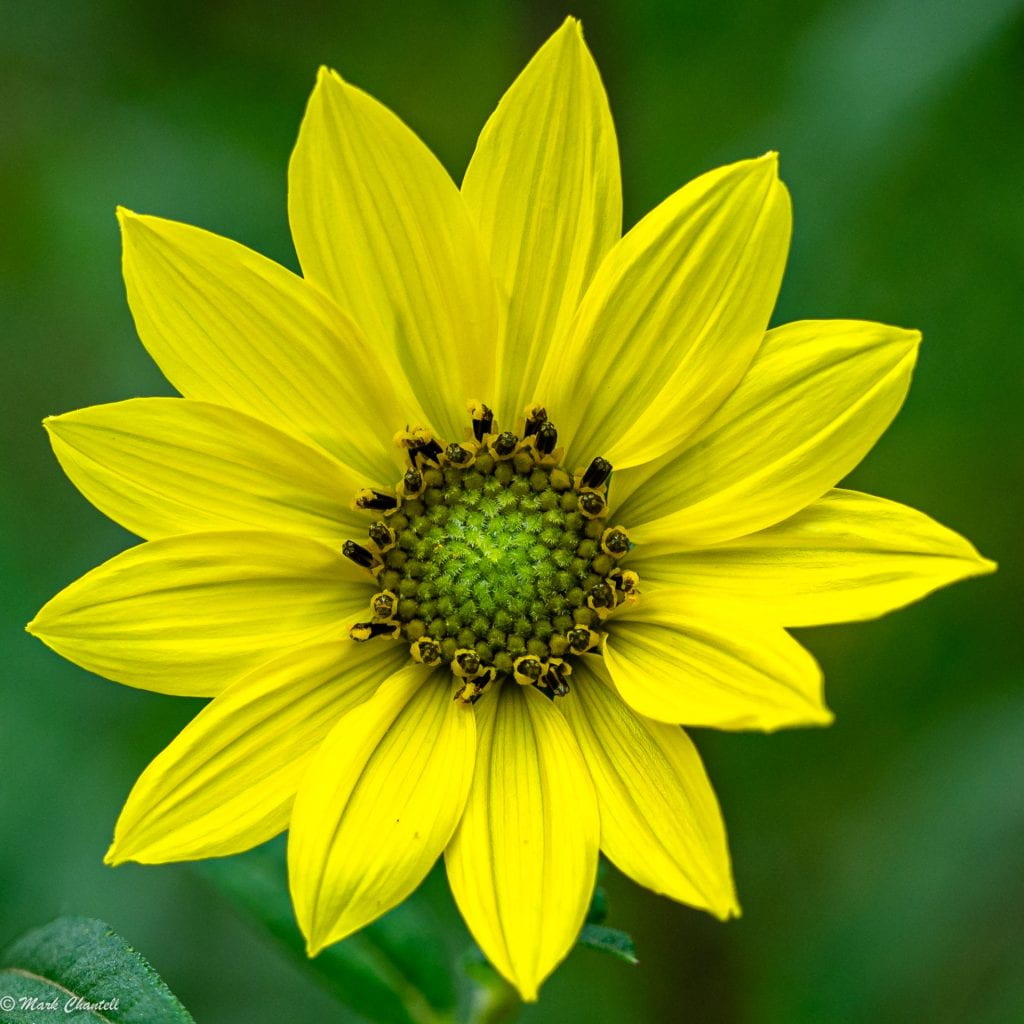Hike 141 refers to the fact that my recent hike at Miller Woods was my 141st trip to the Indiana Dunes in the last 3 years. This was also my 27th visit to this particular trail at the western end of the national park. Obviously I enjoy hiking and photographing this trail. It simply never gets old and I come away with something new each time. One of the reasons I enjoy this trail as much as I do is the diversity of ecosystems it spans in just over 1.5 miles. I illustrated some of this diversity in a series of 3 posts; Miller Woods Trail pt1, Miller Woods Trail pt2, and Miller Woods Trail pt3. While those posts focused on the nature of the land and how it changes between the trail head and lake Michigan, I also captured many of the little details which I find so fascinating when out in nature.

The reeds along the shore of the lagoon were still flowering. The low angle of the sun in Autumn means plenty of opportunity to capture backlit photos. In this case the flower appears to almost glow.

The seed of a Milkweed plant has caught on a patch of moss, next to a small clump of Lichen. The delicate snow white hairs contrast wonderfully with the earthier tones of the seed.

It is pretty late in the year for pollenating insects. This wasp was barely moving. I didn’t try, but I think I could have picked it up without it stinging or flying off.

November is a great time to mosses. Although they are around all through the spring and summer, they tend to get lost in all of the ground clutter. However with most of the surrounding foliage having retreated and turned brown, the vibrant green of the mosses really stands out. They never fail to produce fascinating up-close photographs.

Another example of back lighting turning something ordinary into something extraordinary. The detail in the structure of the leaf stands out so well in this light.

Yet another example of backlighting. With the low sun in the sky this sort of image presents itself all along the trail, as opposed to summer when the sun is higher in the sky and you would have to get down pretty close to the ground to see this.























